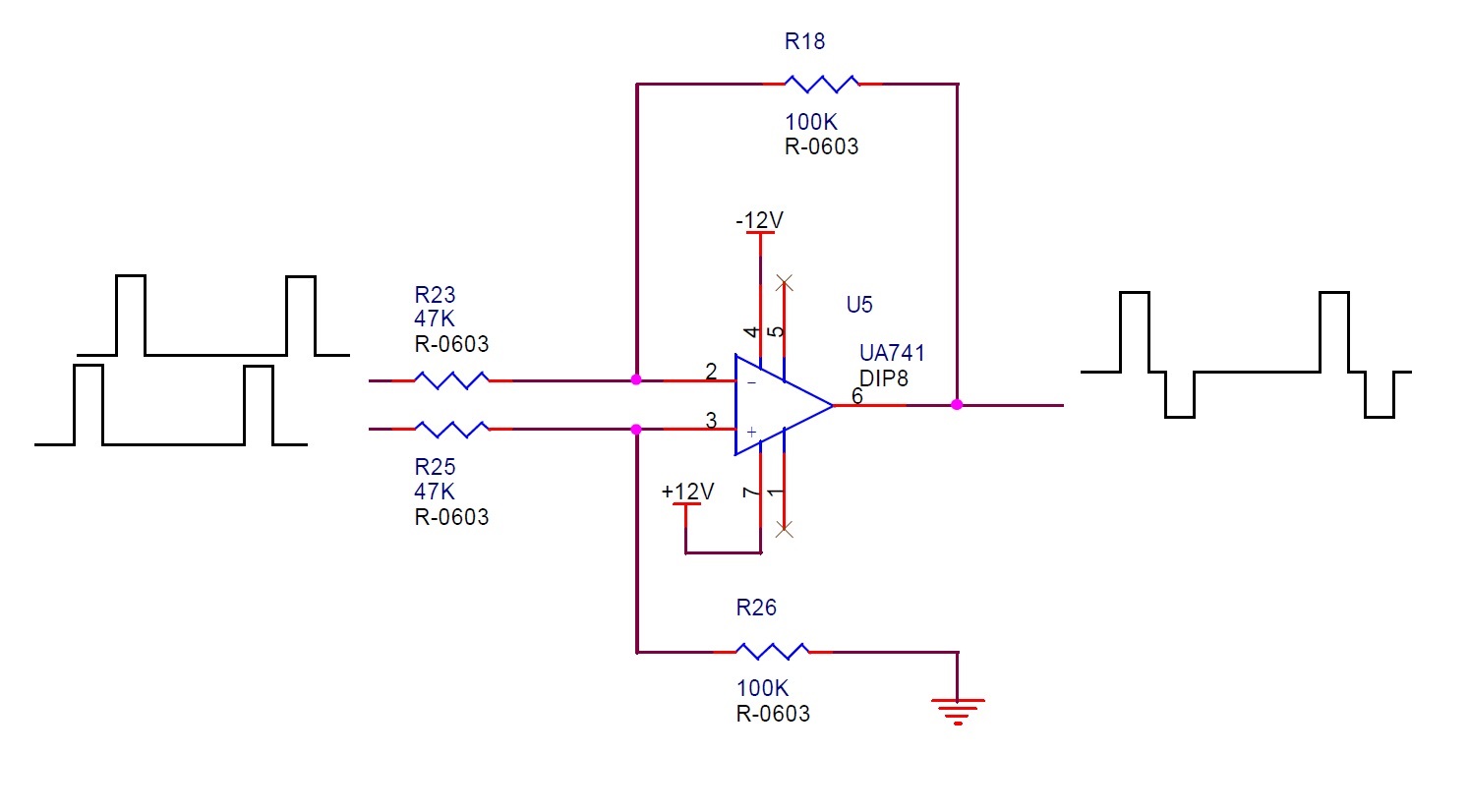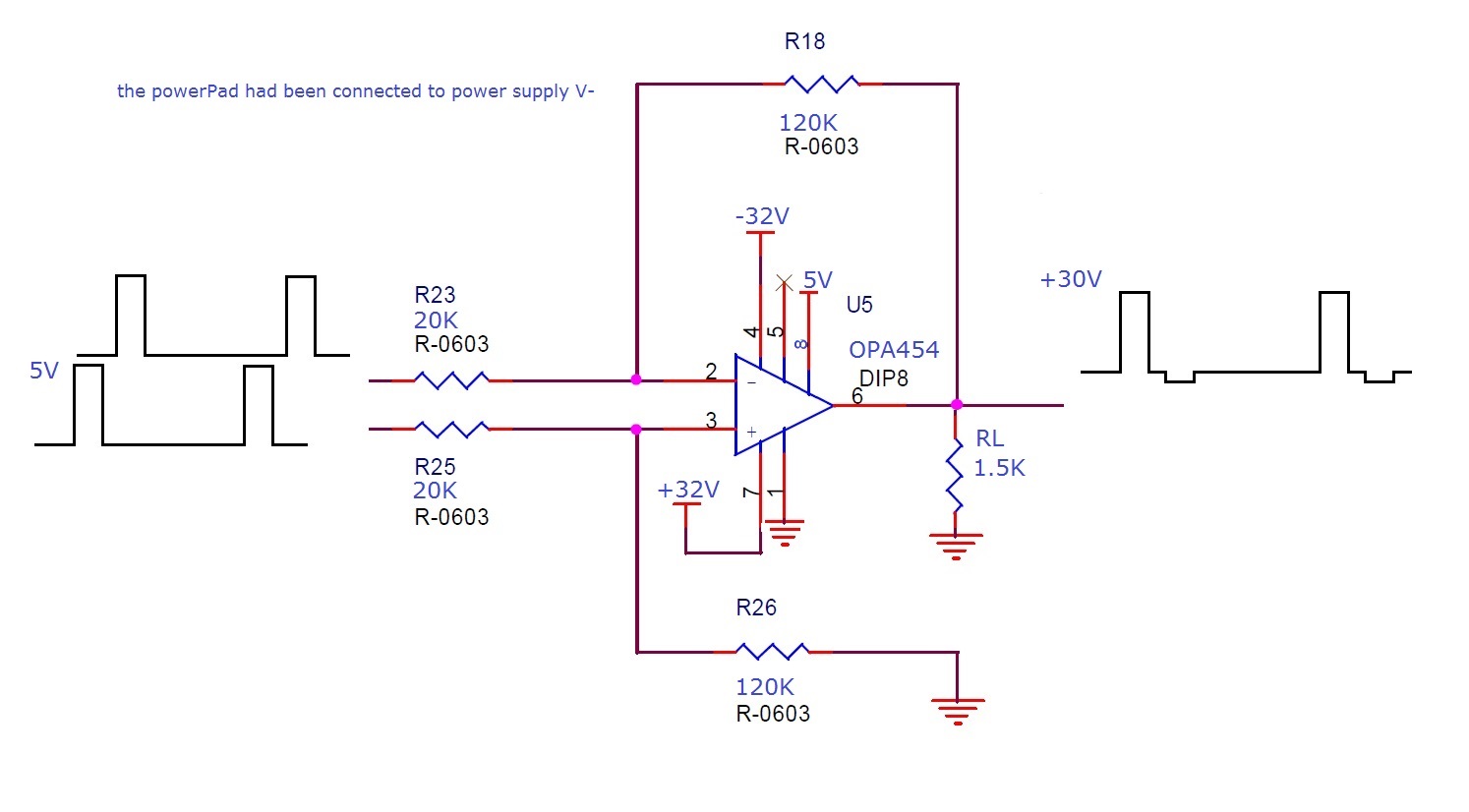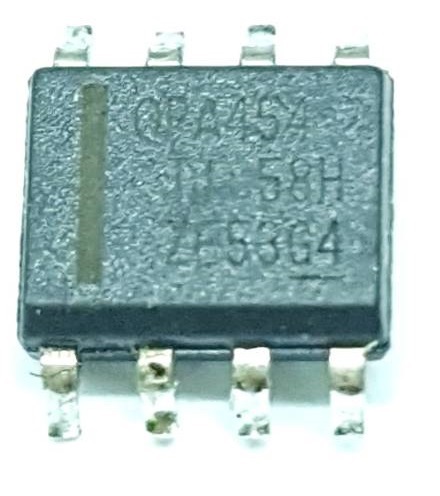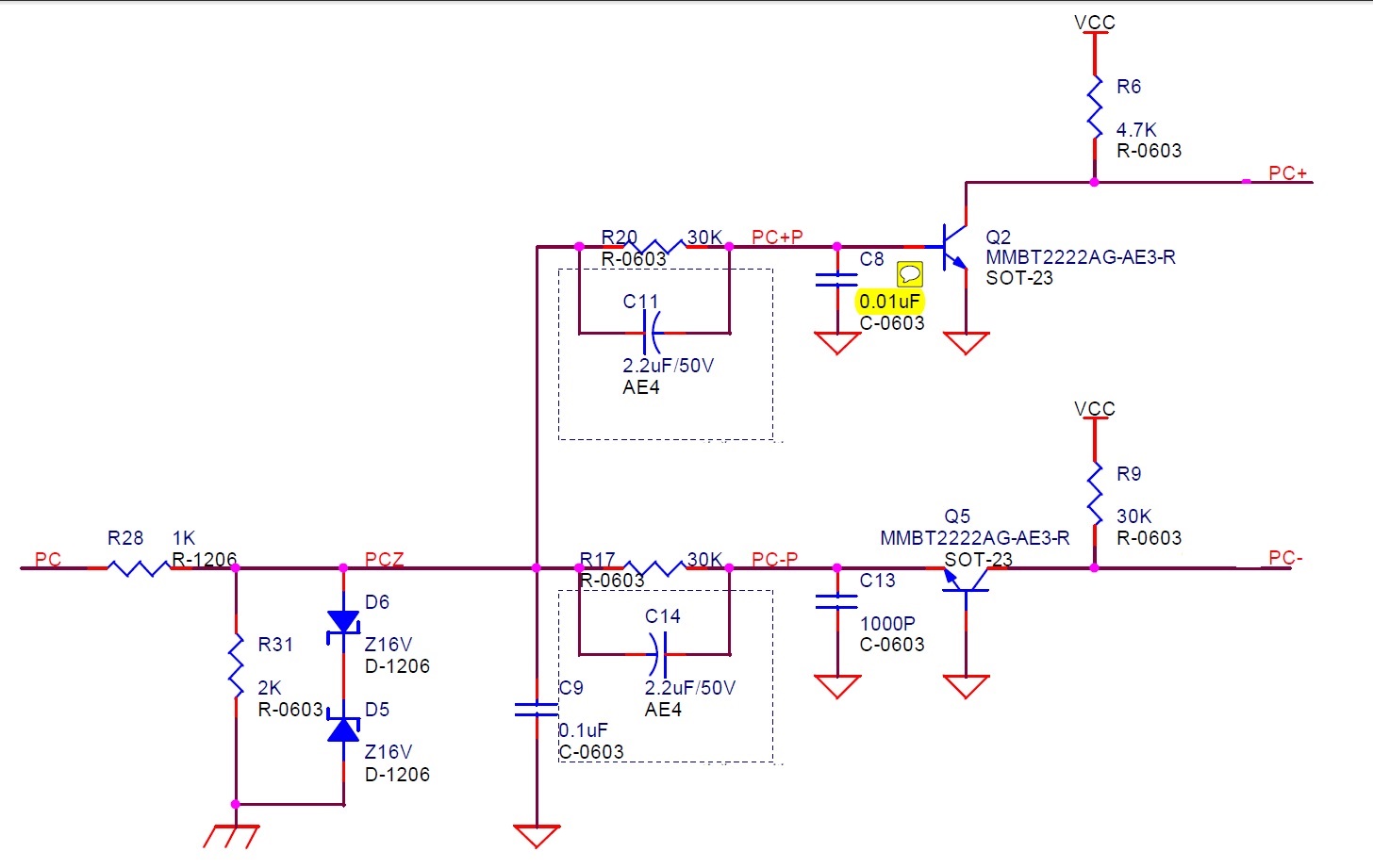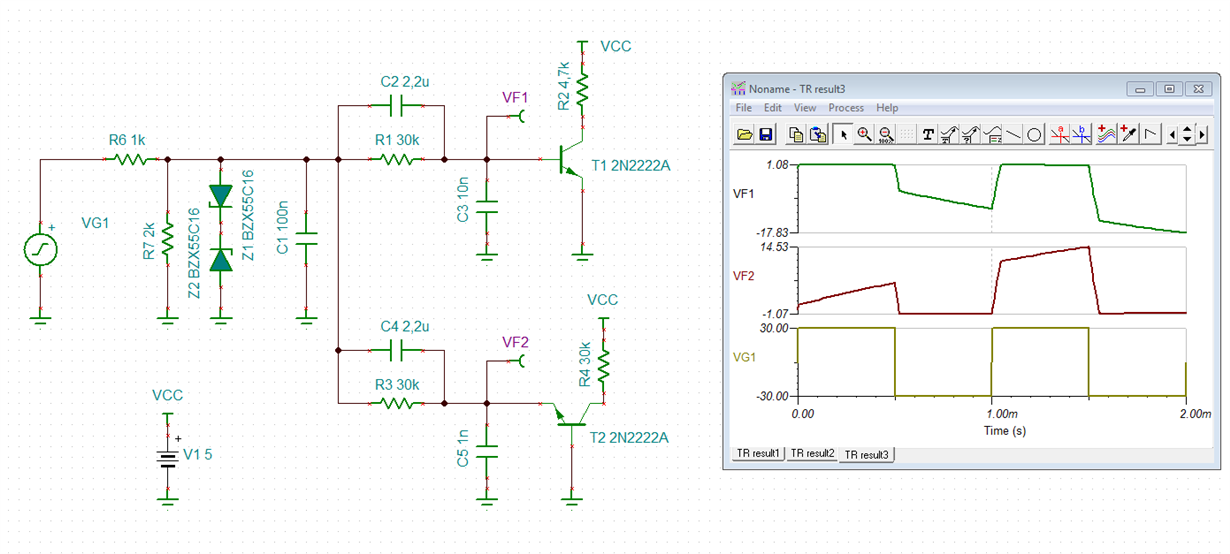Other Parts Discussed in Thread: LM741, TINA-TI, UA741
Hello,
I have a question about difference amplifier application with opa454.
V+ = +12V, V- = -12V, IN+ = +5V and IN- = 0V or IN+ = 0V and IN- = +5V , but output is strange. as attached
Q1: can set up float to the E/D, E/D Com and status_flag pin ?
Q2: the output pin = +12V and -7V pulse wave is correct?
Q3: When connect to load(50K resistor to ground), the output pin = +12V and -1V pulse wave is correct?
Thanks A lot,



